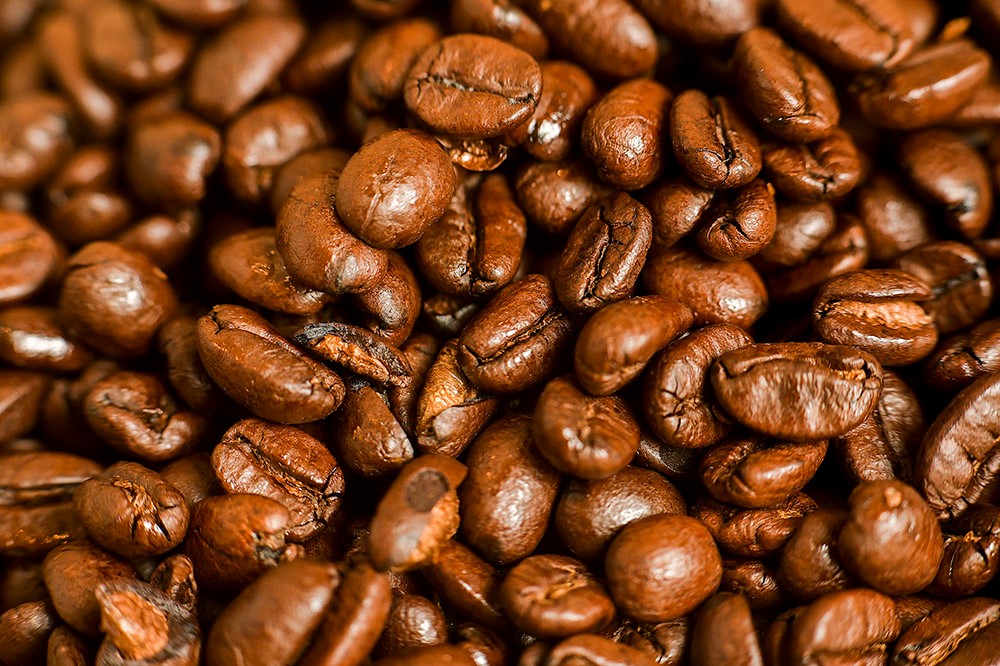The flavour in your cup of coffee is influenced by many factors such as the how it’s brewed, who’s making it and of course the type and roast profile of coffee bean being used or otherwise known as colour. The factors behind the colour of the coffee are:
1 Origin
There are over 70 counties that produce coffee and these are located between the tropics Capricorn and Cancer and the largest producer is Brazil at 2.6m tonnes followed by Vietnam at 1.5m tonnes. The coffee that ends up in our espresso based drinks is principally grown from the two plant varieties of arabica and robusta, for the most part high end speciality coffee tends to be dominated by beans from arabica plants. The most recent addition to the Woodland Coffee family is Tibradden coffee which is a single origin arabica coffee from Kenya. Crone and Djouce coffees are blends that includes arabica beans from Brazil, Honduras, Costa Rica Sumatra and Ethiopia.
The methods of farming coffee impact the colour of coffee, for example our Tibradden coffee is prepared using the washed method, which gives it a crisp feel, a bright and fruity flavour with a sweet aftertaste.
Indian malabar coffee beans have the unique attribute of being allowed to dry under the humid monsoon winds which lightens the coffee bean and reduces the acidity giving it a spicy nut flavour.
Brazilian coffees on the other hand tend to be grown at lower altitude which gives it an earthy, rustic taste and brown colour.
2 Quality
There is no uniform standard grading framework across the coffee producing world; different countries govern their own grading system and these include aspects such as screen size (size of coffee bean), altitude, number of defects, or botanical variety. All of our Woodland coffees are made from 100% arabica coffee of speciality grade., As our coffees come from several different coffee producing nations, we continually monitor the consistency of the coffee bean size to ensure uniform roasting, a low level of defects (such as broken beans). Most importantly though is by the constant tasting of our coffees on a daily / weekly basis.
3 Altitude
Altitude has a powerful impact on the quality of coffee, typically most high quality coffees are grown at altitudes of over 3500 feet or 1060 meters above sea level (masl). The reason why elevation matters is that the beans grow more slowly creating more flavour. Unfortunately, the higher the altitude, the more difficult it is to farm and consequently the more expensive the coffee tends to be.
4 Roast
The roasting process has the largest impact on the colour of the coffee and the longer the coffee is roasted the darker it gets. A Lighter roast retains more of the original flavour that the coffee has to offer. It contains multilayers of flavors with acidic brightness that gives fruitiness and sweetness to the coffee. It also has a lighter body because it hasn’t been roasted long enough to produce caramelized oils and sugars. The key here is getting that balance right, coffee without body can taste bland and overpowered by milk and added water in the case of Americano. Our Woodland coffees are a combination of light to medium roast coffees but with enough body to work well in espresso based beverages.
If you would like to find out more, please drop us a line on info@woodlandcoffee.ieor call us on 01 4666000.
